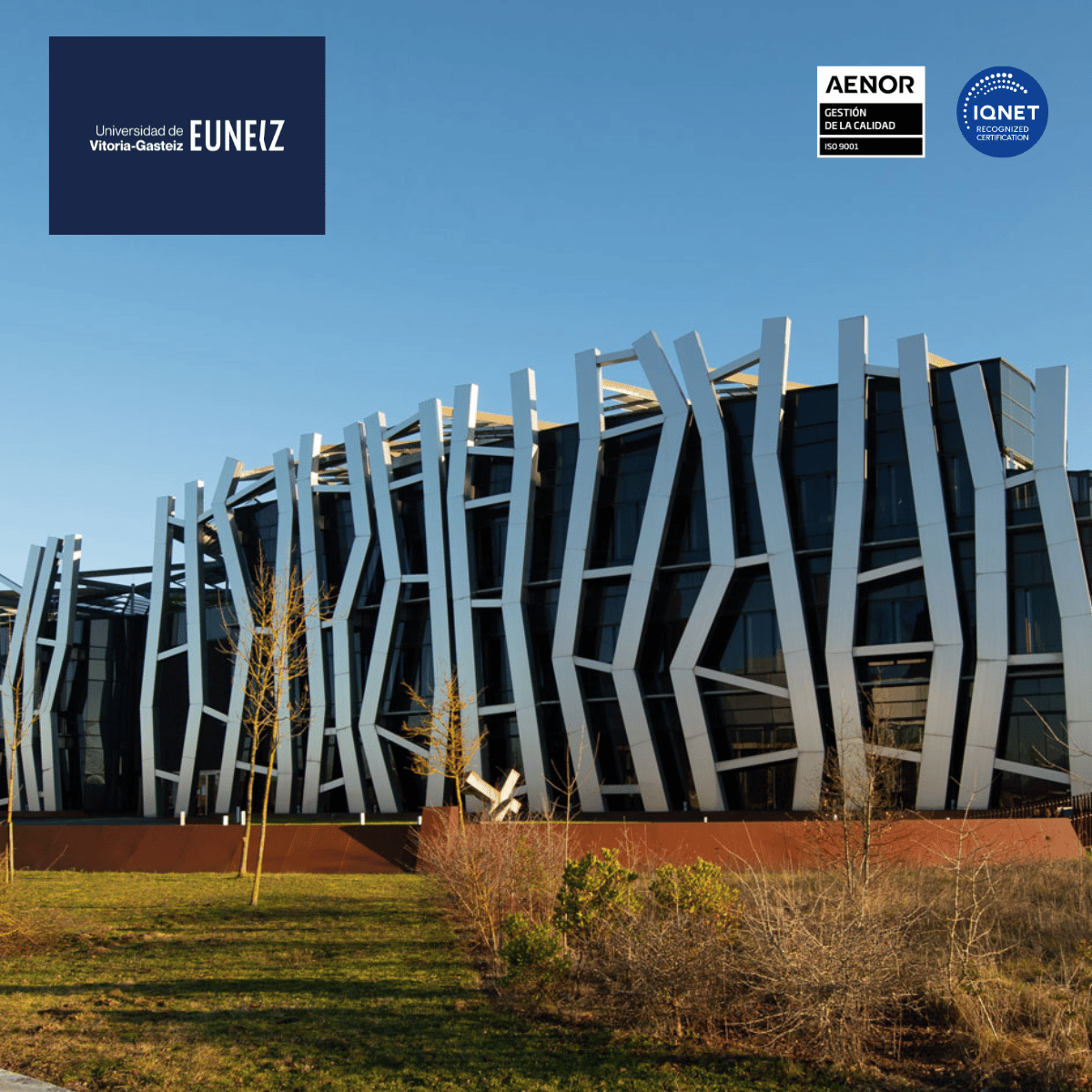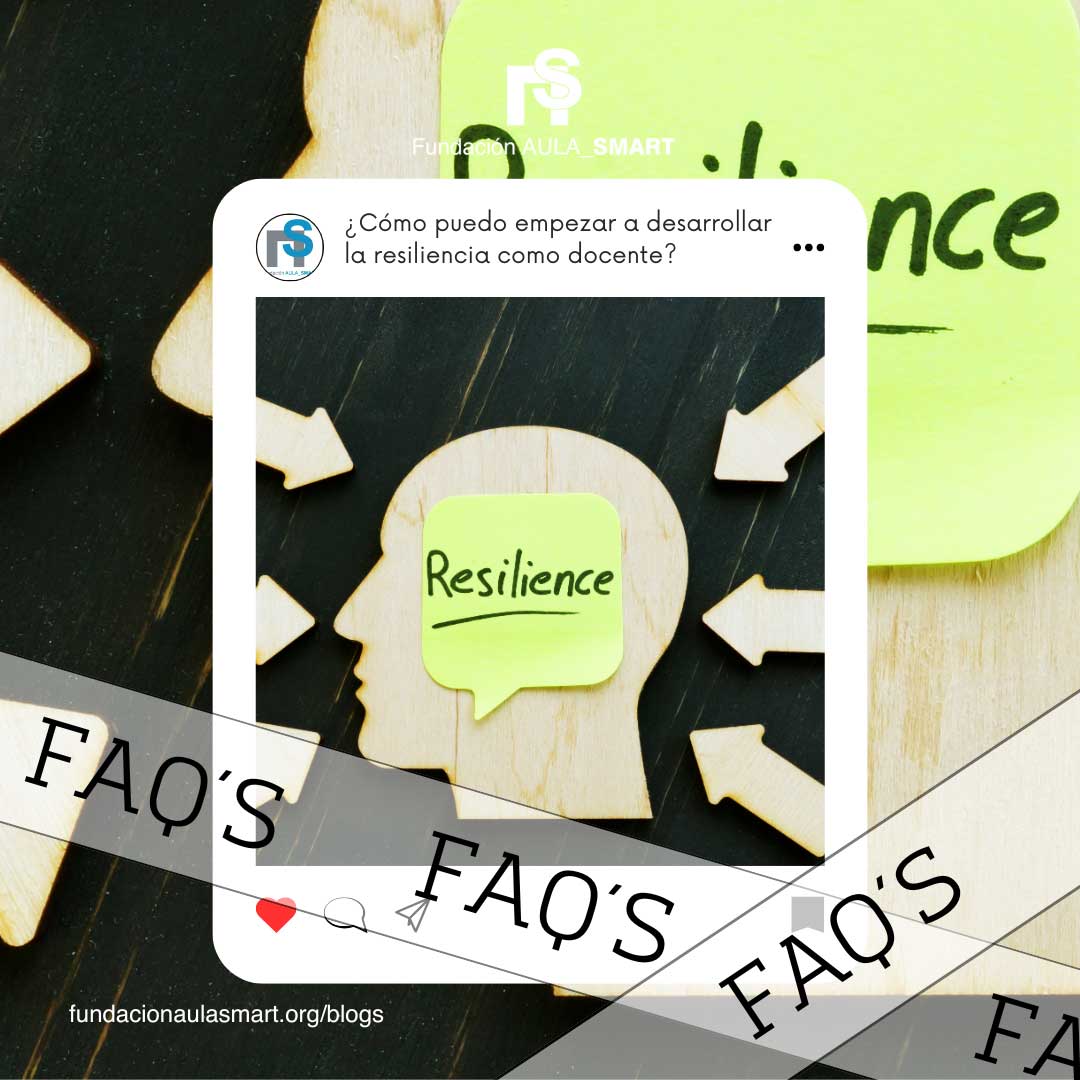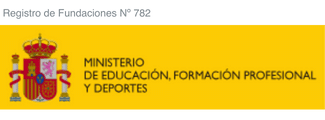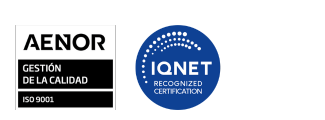The vision of a hybrid and inclusive educational system
In a world where education faces unprecedented challenges, such as accelerated digitalization, social inequalities and the need to serve an increasingly diverse student population, the need to rethink traditional educational models arises. From the Aula_Smart Foundation, we promote a hybrid and inclusive education system that placed primary and secondary school teachers at the center of this transformation.
A hybrid educational system integrates the best of face -to -face and digital teaching, offering flexibility and personalization in learning. However, hybridization would not be sufficient without a clear commitment towards inclusion, which guarantees that all students, regardless of their abilities, contexts or circumstances, can access quality education.
For this vision to come true, teachers play a crucial role. Its ability to innovate, adapt and lead the change in classrooms is essential to ensure that hybrid strategies are truly inclusive and effective. In this article, we explore the fundamental principles, challenges, and opportunities offered by a hybrid and inclusive system, and present key recommendations for its implementation.
What is a hybrid educational system?
A hybrid educational system combines face -to -face and digital teaching strategies, offering students a personalized and flexible learning experience. This approach allows teachers to use technological tools such as complementary resources, maximizing the educational impact.
In primary and secondary classrooms, hybrid education allows to diversify methodologies, adapt to different learning styles and meet the needs of each student. The teacher, with his capacity for innovation, becomes the key facilitator to integrate both modalities effectively.
Educational Inclusion: Key to an equitable future
Educational inclusion seeks to ensure that all students, regardless of their abilities, origin or circumstances, have access to quality education. For the Aula_Smart Foundation, this means empowering teachers with inclusive pedagogical strategies that promote the active participation of all students.
In practice, inclusion in primary and secondary classrooms translates into the adaptation of the contents, the use of accessible technologies and the creation of environments in which all students feel valued and respected.
Fundamental principles of a hybrid and inclusive educational system
From our perspective, a hybrid and inclusive education system is based on three essential pillars:
- Learning customization: Design educational experiences that respond to the individual needs of each student.
- Universal accessibility: Ensure that educational tools and resources are available to all, regardless of physical, sensory or cognitive barriers.
- Diversity as a central axis: Recognize and celebrate diversity in classrooms, using difference as an opportunity to enrich learning.
Primary and secondary teachers are the drivers of these principles, creating inclusive and dynamic learning communities.
TECHNOLOGY AT THE SERVICE OF INCLUSION
Technology is a powerful tool to ensure that education is truly inclusive. From the Aula_Smart Foundation, we highlight the role of the teacher as the mediator that transforms these tools into effective solutions for its students.
In primary and secondary classrooms, devices such as tablets, digital blackboards and learning platforms allow you to customize the content and ensure that it is accessible to all. Also, programs such as screen readers, adapted keyboards and inclusive educational applications are essential for students with special needs.
Hybrid education implementation models
Hybrid models offer flexibility and diversity in teaching methodologies. Among the most prominent are:
- Blended Learning: It combines face -to -face and digital activities, where the teacher directs face -to -face learning while online platforms reinforce the content.
- Flipped Classroom: Students access studio materials at home, releasing time in class for collaborative activities and resolution of doubts.
- Synchronous and asynchronous learning: It allows to combine real -time sessions with independent tasks, adapting to the rhythm of each student.
The success of these models lies in the commitment and creativity of teachers, who adjust these strategies according to the needs of the classroom.
Challenges of a hybrid and inclusive education system
Implementing a hybrid and inclusive educational system is not exempt from challenges. From our experience, the main challenges include:
- Digital Gap: Not all students have access to technological devices or internet in their homes.
- Teacher Training: Teachers need continuous training to integrate technology effectively into their pedagogical practices.
- Cultural Resistance: Changing traditional paradigms can generate uncertainty between families and teaching staff.
However, with proper support, primary and secondary school teachers are demonstrating that they can overcome these challenges and lead the educational change.
Strategies to promote inclusion
Promoting educational inclusion requires a comprehensive approach in which the teacher is the main agent of change. Some effective strategies that can be applied in primary and secondary school include:
- Universal Learning Design (DUA): Design activities and resources that adapt to a wide variety of learning needs and styles.
- Psychosocial support: Implement programs that provide emotional and psychological support to vulnerable students.
- Community participation: Involve families and communities in the educational process to build more solid inclusive environments.
These strategies allow teachers to work in collaboration with other actors to ensure that each student receives the support they need.
Teacher's role in a hybrid and inclusive system
In a hybrid and inclusive model, teachers play a transformative role. In primary and secondary classrooms, their leadership is essential to adapt pedagogical strategies to the needs of their students.
Some of the key skills that teachers must develop include:
- Technological skills: Management of digital tools and educational platforms.
- Inclusive Methodologies: Know and apply practices that guarantee the participation of all students.
- Adaptability: Ability to quickly adjust the strategies according to the context and the needs of the classroom.
The Aula_Smart Foundation supports teachers in this process, offering continuous training and resources adapted to current demands.
Public policy and regulatory framework
To consolidate a hybrid and inclusive educational system, it is essential to have solid public policies that support teachers and schools. From the Aula_Smart Foundation, we propose the following key actions:
- Inclusive legislation: Promulgate laws that ensure equitable access to education for all students.
- Technological investment: Guarantee the provision of devices, connectivity and digital tools in all schools.
- Teacher Training: Create programs that allow teachers to constantly update in inclusive technology and pedagogy.
These initiatives are indispensable so that teachers can lead the educational transformation in their classrooms.
Success cases in hybrid and inclusive systems
Hybrid and inclusive systems are already demonstrating their impact on various parts of the world. From the Aula_Smart Foundation, we are inspired to observe how these initiatives empower teachers and transform primary and secondary classrooms.
Some outstanding examples include:
- Rural schools with expanded connectivity: In several regions, teachers have implemented hybrid models taking advantage of mobile devices and satellite Internet access.
- Integration of students with special needs: Through the use of technologies such as screen readers and accessible materials, teachers have managed to fully integrate these students into their classrooms.
- Innovative pilot programs: Some countries have launched projects to combine face -to -face and remote learning, with an approach to customization and accessibility.
The voice of students and families
The construction of a hybrid and inclusive education system cannot be achieved without listening to the main beneficiaries: students and their families. From the Aula_Smart Foundation, we advocate create dialogue spaces where experiences, challenges and proposals are shared.
Some of the recurring themes we have identified include:
- Access to Technology: Many families face difficulties in acquiring devices or maintaining a stable connection.
- Adaptation to change: Both students and parents need guidance to navigate digital environments.
- Trust in the model: It is crucial to build trust in the effectiveness of a hybrid and inclusive system through tangible results.
The future of the hybrid and inclusive education system
The future of hybrid and inclusive education is full of possibilities, and primary and secondary teachers are called to be the leaders of this transformation. From the Aula_Smart Foundation, we identify key trends that will mark the way:
- Incredible and virtual reality: Immersive tools that will enrich learning experiences.
- Artificial intelligence: Even more advanced customization to meet the needs of each student.
- Adaptation to climate change: Hybrid education will facilitate educational continuity against natural disasters and other emergencies.
We believe that collaboration between teachers, families and organizations will be essential to build a more inclusive, accessible and resilient educational system.
Recommendations to create an efficient system
From the Aula_Smart Foundation, we offer a series of key recommendations for the successful implementation of a hybrid and inclusive education system. These actions seek to empower teachers and guarantee quality education for all students:
- Inter -institutional collaboration: Promote alliances between governments, schools and technology companies to provide resources and training.
- Pilot programs: Implement test projects to evaluate which strategies work best in specific contexts.
- Monitoring and continuous evaluation: Establish clear success indicators to adjust the strategies as necessary.
These recommendations put the teacher in the center, providing the necessary tools to lead the educational change.
Conclusion
The transition to a hybrid and inclusive education system is not a simple task, but it is essential to build a more equitable and prepared society for the challenges of the future. This model not only allows students to learn flexible and personalized, but also encourages an environment in which diversity is celebrated and valued as a strength.
In this process, primary and secondary teachers are the true agents of change. Its ability to interpret the needs of their students, implement innovative strategies and adapt technologies to their specific contexts makes teachers unquestionable leaders of this transformation. Recognizing their role, supporting their professional development and providing them with adequate resources must be a priority for all educational institutions and responsible bodies.
From the Aula_Smart Foundation, we reaffirm our commitment to accompany educators on this path. We believe that inclusive education is not only a goal, but a fundamental right and collective responsibility. By moving towards a hybrid and inclusive educational system, we are not only building better schools, but also a more just, solidarity and resilient society.
It is time to act, to transform the vision in reality and to empower teachers to continue to make a difference in the life of their students. Together, we can guarantee that no boy or girl is behind and that everyone has the opportunity to achieve their maximum potential.


















Leave a comment
All comments are moderated before being published.
This site is protected by hCaptcha and the hCaptcha Privacy Policy and Terms of Service apply.